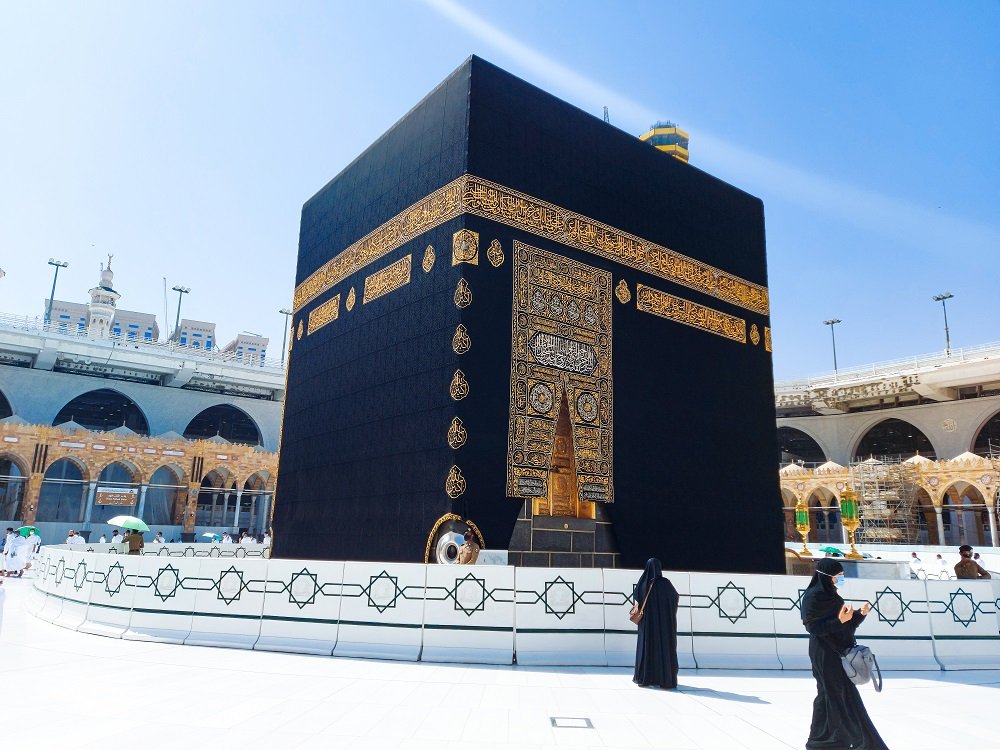Umrah is a beautiful, compact pilgrimage filled with powerful rituals that bring the pilgrim closer to Allah. If you want to perform Umrah smoothly and with spiritual focus, it helps to know the exact sequence of rituals beforehand — and many people book with the best Umrah travel agency to handle logistics so they can concentrate purely on worship. Below is a clear, step-by-step guide to the commonly followed Umrah rituals, written so you can prepare mentally, physically, and spiritually.
Before you leave: intention & preparation
Start with sincere niyyah (intention). Prepare by doing ghusl (full ritual bath) or wudu, trimming nails, and packing modest, comfortable clothes. Men should have two white, unstitched sheets (ihram); women should pack modest clothing that meets Islamic requirements. Plan to enter the state of ihram at the appropriate miqat (designated boundary). Apply no perfume to your body or clothes before entering ihram.
1. Entering Ihram (from the Miqat)
At the miqat: make the formal intention for Umrah (in the heart and verbally if you wish), put on the Ihram garments, and begin reciting the Talbiyah: “LabbaykAllahummalabbayk…” From this point you must observe the rules of ihram (no cutting hair/nails, no perfume, no marital relations, no hunting, and men should not wear stitched clothing). Keep the Talbiyah and dhikr going as much as possible on the way to Makkah.
2. Arrival at Masjid al-Haram & Preparing for Tawaf
When you reach Masjid al-Haram, perform wudu if possible and head to the Kaaba. Civility, patience, and gentle movement are important — the mosque can be very crowded. Aim to begin your Tawaf al-Umrah (the seven circumambulations) by facing the Hajar al-Aswad (Black Stone) as your starting reference point.
3. Tawaf — Seven Circuits of the Kaaba
Perform seven anti-clockwise circuits around the Kaaba. Each circuit begins and ends at the Black Stone area. Many pilgrims try to touch or kiss the Black Stone if they can; otherwise, point to it (istislam) as you pass. Maintain humility, offer duas and recitation, and move with respect for fellow pilgrims. After completing seven rounds, it is Sunnah (recommended) to perform two rak’ahs of prayer behind Maqam Ibrahim if space allows — otherwise pray anywhere in the mosque.
4. Drink Zamzam& Make Dua
After Tawaf, most pilgrims drink water from the Zamzam well (available inside Masjid al-Haram) and make heartfelt supplications. This is a moment to ask for personal needs and spiritual benefit.
5. Sa‘i — Between Safa and Marwah (Seven Lengths)
Proceed to Safa to begin the Sa‘i, which consists of walking (and in the historic sunnah parts, brisk walking for men) seven lengths between Safa and Marwah: start at Safa (climb, face the Kaaba, make dua), walk to Marwah (that’s one), then back again until you complete seven. Recite dhikr, prayers, and the prescribed supplications while moving.
6. Shaving or Trimming Hair (Halq / Taqsir)
After Sa‘i, men either shave their head completely (halq) or shorten the hair (taqsir). Women will trim a small portion of hair (a fingertip’s length). This act signifies the completion of Umrah and lifts most restrictions of ihram.
7. Exiting Ihram & Optional Acts
Once hair is cut, the pilgrim may remove most restrictions of ihram. Many pilgrims choose to perform extra voluntary acts: additional tawaf (Tawaf al-Nafl), tawaf al-wada’ (farewell tawaf) before departing Makkah, or extra prayers and recitation. If time allows, visit the Rawdah in Madinah (if you plan to go) and offer voluntary prayers at Masjid an-Nabawi.
Etiquette & Practical Tips
- Move calmly and show patience — crowds can be testing.
- Keep hydration and comfortable footwear in mind.
- Respect local rules and the guidance of marshals in the Haram.
- If in doubt about fiqh details (different madhhabs have variations), consult a trusted scholar or your travel agent.
Qibla Travels — Practical Guidance for Pilgrims
For many pilgrims, having a reliable guide and logistics partner removes stress so they can focus on worship. Qibla Travels is known for offering affordable Umrah and Hajj packages and practical support — from explaining each ritual (like ihram, tawaf, and sa‘i) to arranging comfortable transport and accommodation. Their teams typically brief pilgrims on the step-by-step process, advise on miqat rules, and help with on-ground assistance so newcomers can perform rituals correctly and calmly.


